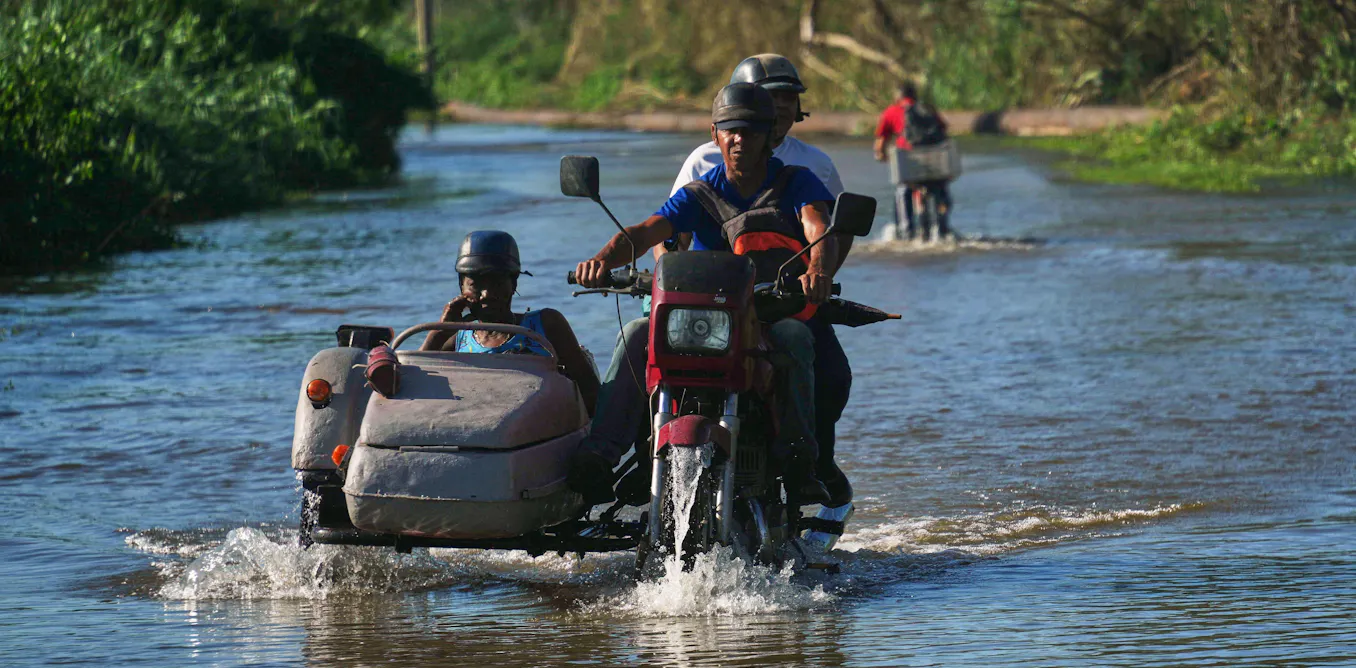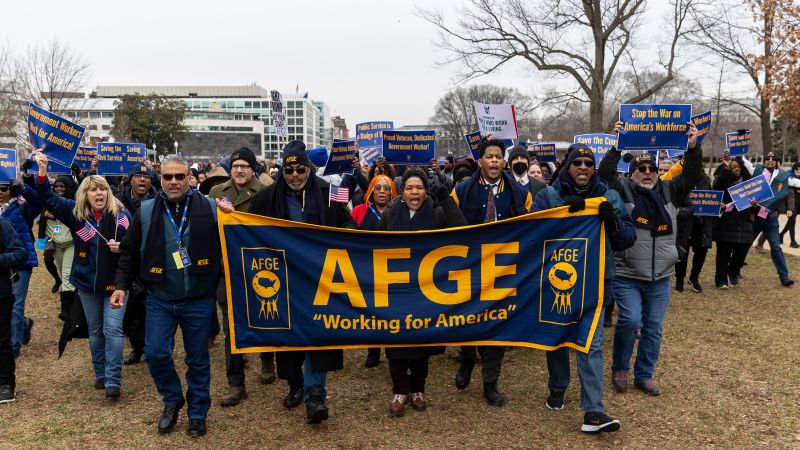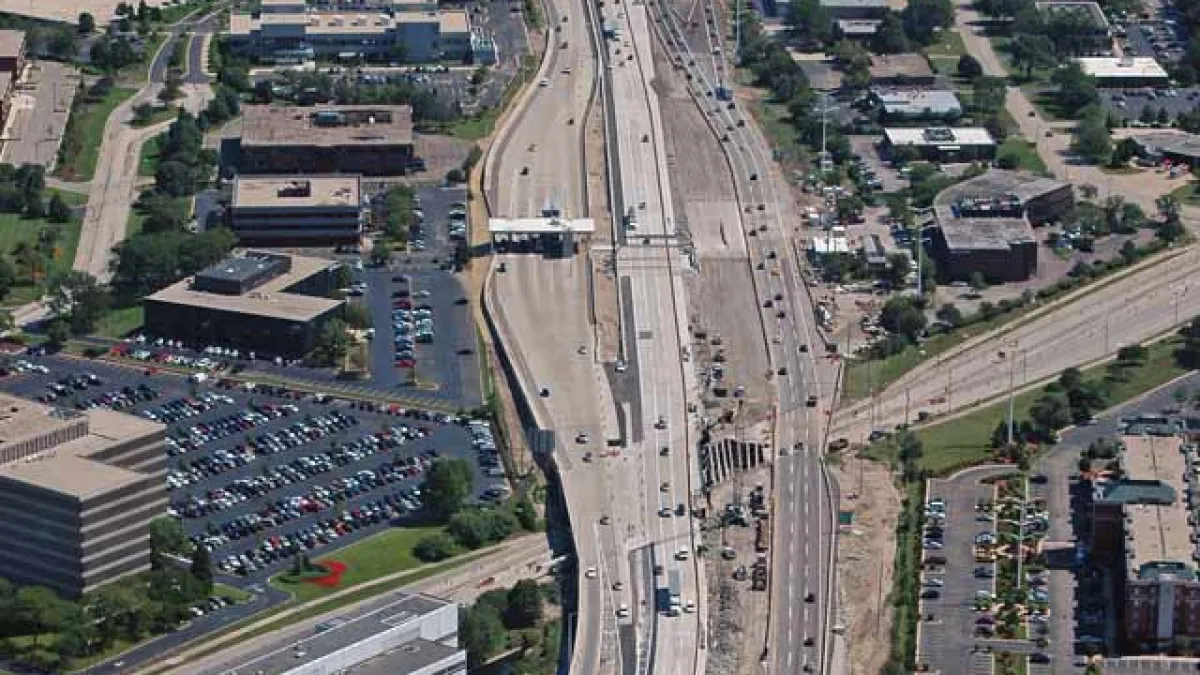Copyright theconversation

Hours before Hurricane Melissa roared towards Cuba’s second-largest city, Santiago de Cuba, the island’s president, Miguel Díaz-Canel, announced that 735,000 people had been evacuated – one in every 15 Cubans. The storm had already smashed into Jamaica, the most powerful to ever strike the island, causing landslides, power failures and deaths. By the time Melissa hit Cuba, it was downgraded from a category 5 to a still incredibly dangerous category 3 hurricane. The sea was surging up to 3.5m, torrents of rain were half a metre deep, and winds were screaming at 200km per hour. Hurricane Melissa shows what academics studying disasters have long emphasised: disasters are shaped as much by social vulnerability and governance as they are by violent winds. Of the 75 deaths attributed to Hurricane Melissa, 43 occurred in Haiti and 32 in Jamaica, where the storm was strongest. Cuba has reported no fatalities – a result that reflects a long history of preparation. Cuba has long stood out in regional comparisons for its ability to prevent deaths from hurricanes, often through mass evacuations. This has endured even through decades of US sanctions, and now an economic crisis featuring a prolonged recession, massive inflation and food shortages. Daily blackouts are making it more difficult for households and hospitals to prepare and recover from disaster. Cuba’s focus on hurricane preparedness dates back to Hurricane Flora. Flora devastated the east of the island in 1963 – the same region now struck by Melissa. On the eve of its landfall, the government had introduced a sweeping land reform to nationalise all but the smallest farms. Party militants and soldiers had been dispatched across the island. When Flora hit, people found these representatives of the revolution enduring the hurricane alongside them. Fidel Castro flew east to lead the rescue operations. Historian Mikael Wolfe argues that Flora transformed the rebel army from “a controversial force of expropriation” into “a nearly universally admired source of rescue”. Disaster risk reduction has continued to be a priority for Cuban leaders. Each year, the local branches of civil society groups Committees for the Defence of the Revolution and the Federation of Cuban Women conduct vulnerability mapping, culminating in the nationwide drill Meteoro. These practices anticipate disaster in everyday life and guide mass evacuations when hurricanes strike. And yet, mandatory evacuations remain controversial. Some argue they are a sign of collective welfare; critics say they are an infringement of individual rights. Either way, they demonstrate that disaster preparedness is as much about governance as it is about weather. A revolutionary virtue Preparedness is also rooted in culture. In the decades after Flora, literature, film and political speeches cast Cubans as protagonists in a national drama of struggle against nature. Just as they had repelled the US-backed invasion at the Bay of Pigs in 1961, citizens were called on to play their part and mobilise against hurricanes. Cuban cultural life is full of images of former leader Fidel Castro wading through floodwaters. In these, he personifies an ethos framing disaster response as a revolutionary virtue: to be a revolutionary is to stand up to the storm. Or as Venezuelan statesman Simón Bolívar declared after the Caracas earthquake of 1812: “Well, if nature is against us, we will also fight against nature.” This legacy still resonates. Appearing in olive green fatigues, favoured by Fidel Castro for decades, the current president addressed Cubans via Facebook as Melissa approached: Dear compatriots of eastern Cuba, where #Fidel defied the dangerous hurricane #Flora and taught us forever what conduct to follow to protect life, which is the most important thing. I ask you to stay alert, be supportive, and never forget discipline in the face of threat. Venceremos (We will prevail). Trust and mobilisation Cuba’s historical success in saving lives is rooted in the ability to evacuate its population, and that citizens agree to participate in the system. Jamaica also has a well-established disaster governance system, where responsibility is spread across parish councils and community groups. However, participation in formal government-led processes has historically been much lower. Our research suggests this often stems from low trust in authorities and a lack of resources to support decentralisation. We can see some of this in the response to Melissa. While the Jamaican government had ordered evacuations, many households stayed put, with a peak of around 25,000 people seeking refuge in emergency shelters. Conspiracy theories circulated saying Melissa was “manufactured” by humans, while Jamaican scientists called on the public to trust official information and ignore social media rumours. The Cuban and Jamaican cases jointly show the role of political culture in shaping how countries prepare for disasters and respond to them. The challenge ahead Melissa is a warning shot. Its sheer force was alarming, but so was how rapidly it became so strong. More intense storms with more precipitation are coming, and rising seas amplify the risks. Caribbean nations need resources to rebuild and to protect themselves from future hurricanes. But disaster preparedness must also be about questions of politics and culture that mobilise action. In the decades ahead, culture and trust in authorities may prove as vital as levees and shelters in preparing for extreme weather. Don’t have time to read about climate change as much as you’d like? Get a weekly roundup in your inbox instead. Every Wednesday, The Conversation’s environment editor writes Imagine, a short email that goes a little deeper into just one climate issue. Join the 47,000+ readers who’ve subscribed so far.



